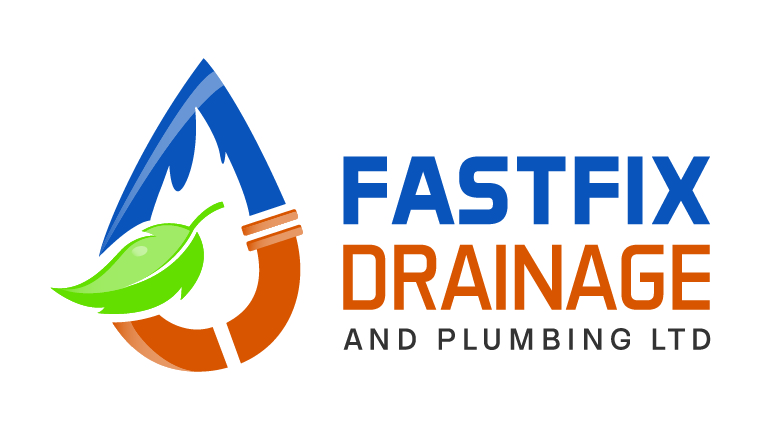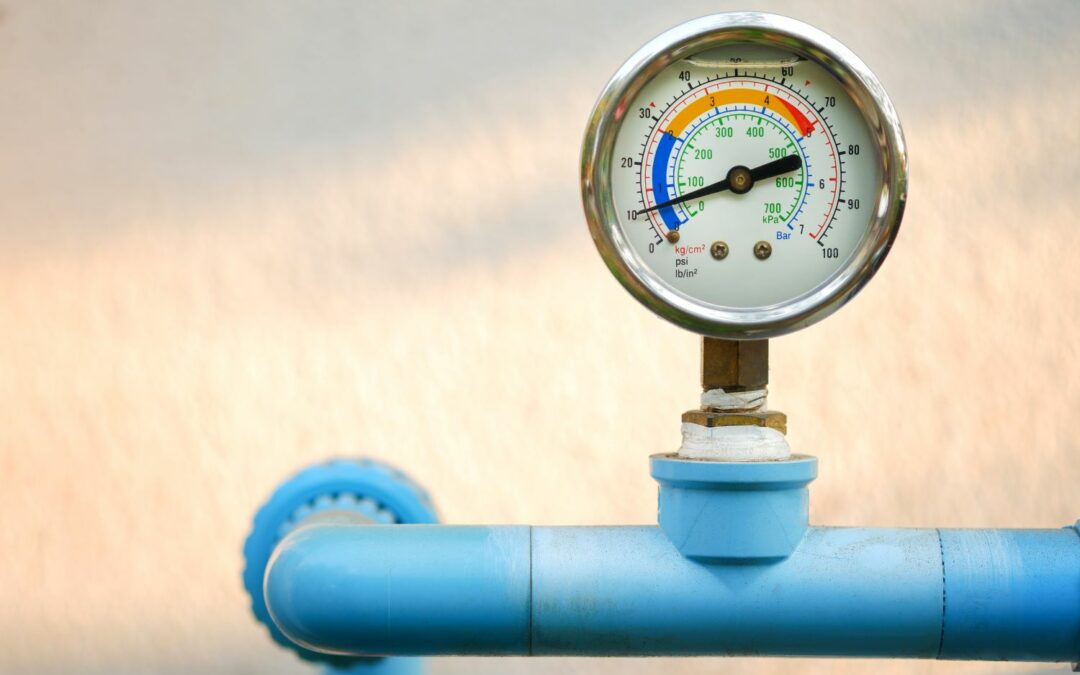Water pressure affects us in our daily lives, influencing everything from shower comfort to the efficiency of household appliances. While we often take consistent water pressure for granted, issues can arise that disrupt it. In this blog post, we’ll explore the fundamentals of water pressure, common problems that can occur, and practical solutions to address these issues.
The Basics of Water Pressure:
Water pressure refers to the force with which water flows through pipes and fixtures. It is typically measured in pounds per square inch (psi). Adequate water pressure ensures proper functionality of household appliances, faucets, and showers.
Common Causes of Low Water Pressure:
Pipe Leaks or Blockages:
Leaks or blockages in water pipes can significantly reduce water pressure. Over time, mineral deposits, debris, or even pipe corrosion can contribute to these issues.
Municipal Supply Problems:
Sometimes, the source of low water pressure might be external. Municipal supply issues, such as high demand or maintenance work, can temporarily affect water pressure in your area.
Faulty Pressure Regulator:
A malfunctioning pressure regulator can result in either excessively high or low water pressure. Regular checks and maintenance of this device are crucial for stable water pressure.
Identifying Water Pressure Issues:
Check Pressure at Different Fixtures:
Test water pressure at various points in your home to identify specific areas of concern. Inconsistent pressure levels could indicate localised issues.
Monitor for Sudden Changes:
Pay attention to any sudden drops or increases in water pressure. Drastic changes may point to immediate problems that require attention.
Consult Water Pressure Gauge:
Purchase a water pressure gauge and attach it to an outdoor spigot. This simple tool can provide accurate measurements and help diagnose potential issues.
Solving Water Pressure Problems:
Addressing Pipe Issues:
Regularly inspect and clean pipes to prevent blockages. Professional plumbers can detect and repair leaks, ensuring optimal water flow.
Checking Pressure Regulator:
If your home has a pressure regulator, ensure it is functioning correctly. Adjustments or replacements may be necessary to maintain consistent pressure.
Consulting with Municipal Authorities:
In the case of persistent low pressure, contact your local water utility company. They can provide information on any ongoing supply issues or recommend actions to be taken. Sometimes they even have notices on their website.
Installing Water Pressure Booster:
For homes experiencing chronic low pressure, consider installing a water pressure booster system. This device enhances water flow and maintains optimal pressure levels.
Conclusion:
Understanding water pressure and recognising potential issues are essential for maintaining a comfortable and efficient living environment. By regularly monitoring water pressure, identifying causes of problems, and implementing appropriate solutions, homeowners can ensure a steady and reliable water pressure throughout their homes.



